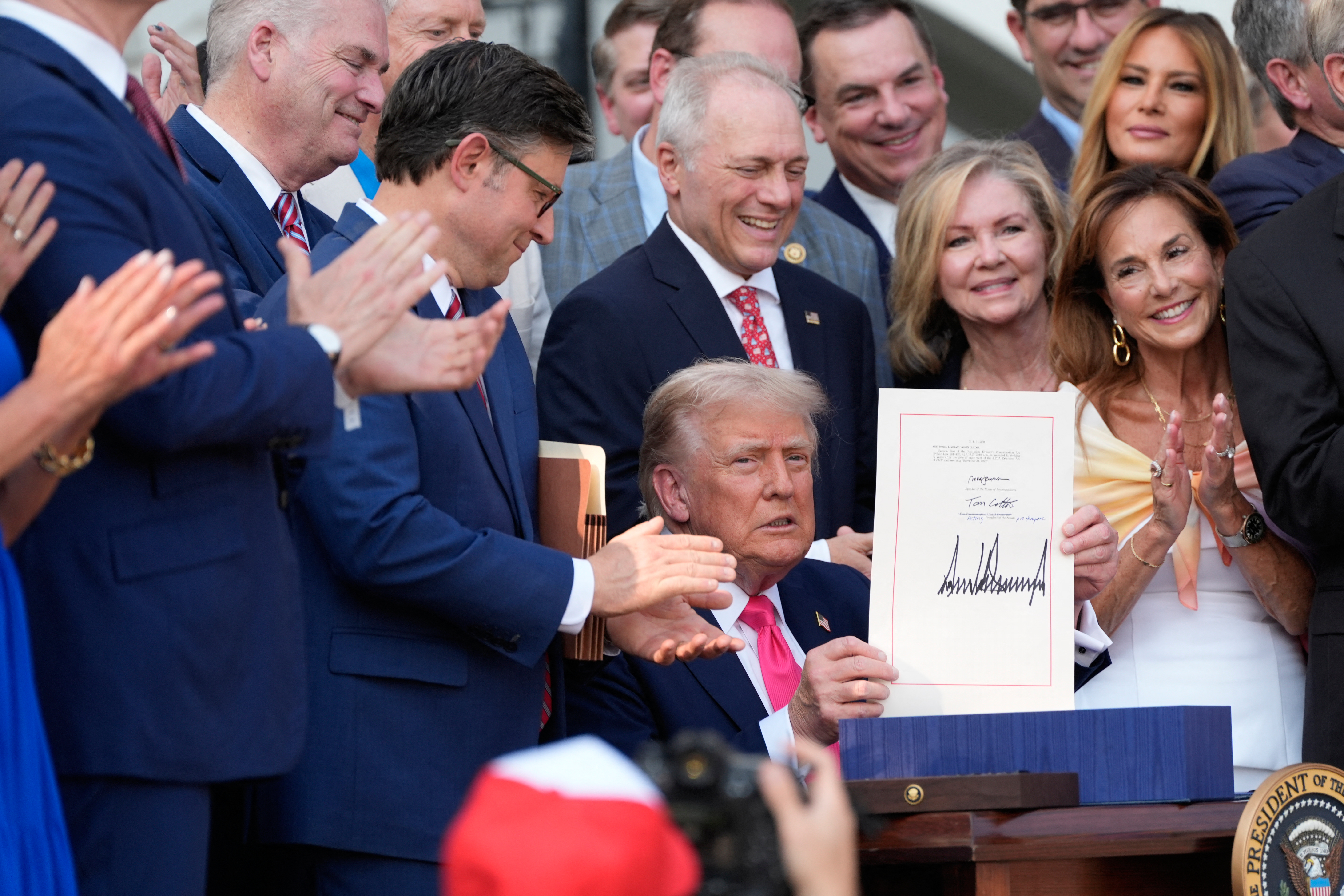Donald Trump’s 2025 spending law, initially heralded as a “Big Beautiful” tax cut, ranks only third among such measures since 1980. According to reports, it mainly extends older tax provisions, resulting in a muted overall effect for most Americans.
Is Trump’s ‘Big Beautiful’ spending law the biggest tax cut in US history?

Key Takeaways:
- Trump’s 2025 law ranks third among U.S. tax cuts since 1980
- Much of the new law merely extends previously existing measures
- The modest impact challenges claims of it being the largest tax cut
- Al Jazeera’s reporting places the law under increased scrutiny
Background
Donald Trump’s 2025 spending law has drawn widespread attention for its promise to be, in the former president’s words, a “Big Beautiful” tax cut. Headlines and political soundbites often suggest this legislation might be the largest tax reduction in United States history. However, reporting from Al Jazeera reveals a different story, shedding light on the law’s actual rank compared to past initiatives.
Ranking Among Tax Cuts
While enthusiastic supporters hail it as historic, recent analysis concludes that the 2025 legislation stands as the third-largest tax cut instituted since 1980. Although it marks a significant move in extending relief measures to various sectors, it does not surpass the size of earlier, more expansive changes in the nation’s tax history.
Extension of Older Provisions
One of the main reasons for the law’s limited reach lies in its approach. Instead of introducing comprehensive new policies, the legislation primarily continues pre-existing tax cuts that were set to expire. This strategy preserves certain benefits for individuals and businesses, but it falls short of creating the sweeping transformations many had anticipated.
Modest Impact for Most
Because so many provisions remain extensions rather than new measures, the overall effect on taxpayers is considered modest. Those already benefiting from older policies may see little difference, while those hoping for broader incentives may be underwhelmed by the final outcome.
Conclusion
Even though Trump’s 2025 law has garnered significant media attention and political debate, its actual place in history appears more modest than initial claims suggest. It is neither the largest nor the most extensive tax cut the United States has witnessed. Nonetheless, it remains a noteworthy policy choice that extends existing relief and will continue to shape the financial landscape for years to come.











